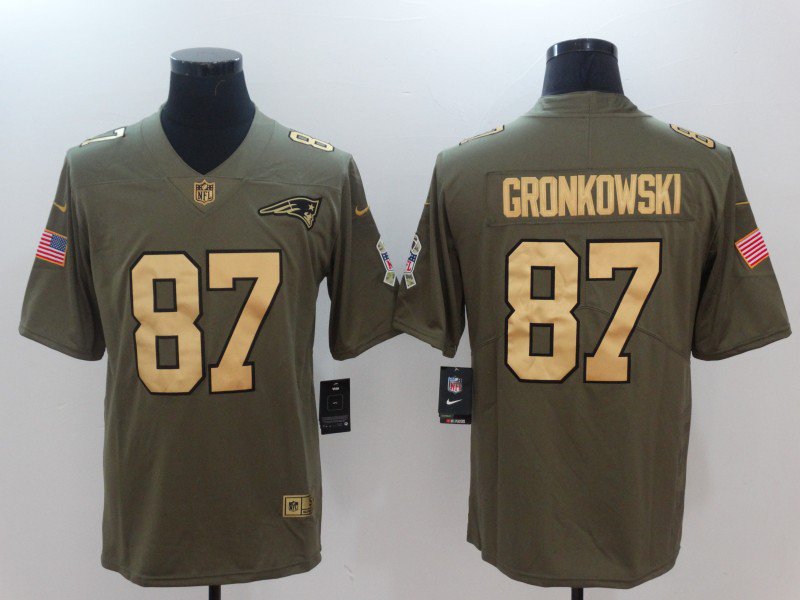

AIRMAIL STEPHEN GLASS HOW TO
Triner knows how to make scales-one has only to note the rapid growth of the Triner Scale & Manufacturing Co to sense that-but it is not so generally known that Mr.

“It has long been known in the stationery trade,” reported a 1913 issue of Geyer’s Stationer, “that James M. Others had waded into these waters before, but it was James Triner-using tactics or charm that his cohorts may have lacked-who changed his industry.

His great achievement, and the one that arguably sealed his company’s relevance for the century to come, was convincing the United States Postal Service that spring scales-more so than balance scales- were the best medium for weighing the mail. Triner’s long term success in that venture. The fact that Triner is still a leading scale manufacturer today stands as fairly substantial evidence of Mr. Clinton Street and set forth building spring scales in a city that already included not only Pelouze, but the Hanson Brothers, American Cutlery, and the Chicago Scale Company, among others.
AIRMAIL STEPHEN GLASS FREE
As a particularly talented mechanical engineer, however, he grew tired of developing innovative new devices only to pass the rewards on to the aristocratic William Nelson Pelouze.Īnd so, in the spring of 1903, a 30 year-old Triner officially broke free and organized his own manufacturing business with $20,000 capital. Triner emerged from the established Chicago scale “scene” himself, having been a former underling of the mighty Pelouze Scale & MFG Co. It was merely reflecting the mood of its creators at a time when the Triner Scale & MFG Company was the exciting new kid on the block-taking aim at its high-profile competition in Chicago’s world-leading scale industry.Ĭompany founder James M. We can forgive the scale for sounding brash. Just read this line of braggadocio with a fresh ‘80s beatbox in mind: “I am light in weight and strong in make / and guaranteed absolutely accurate” (admittedly it works better if you pronounce the last word accur-ATE). Towards the end of the advertisement, after touting its bad-ass “sword shaped” index and “double steel uprights,” our narcissistic postal scale ventures into genuine proto-hip-hop territory. one of the great plights of the early 1900s. “My slanting round dial, which is larger than on any other postal scale, has the figures in black and the lines in red, making it very distinct and easily read without stooping, even when packages are extended far beyond the edges of the platform.” “I give the actual weight by 1/2 ounces,” it continued, “and show automatically the exact cost of postage, in cents, on all classes of mail matter to all possessions of United States, Canada, Mexico, Cuba, and Philippine Islands.

But anyway, the inanimate object had our attention. “PRECISION IS MY NAME,” the little scale screamed-well, I suppose all-caps didn’t equate to shouting 100 years ago. The copy was written in the first-person voice from the scale’s POV. When this design was first patented and sent to market in 1906, it was promoted in trade magazines with a fairly unique approach. It’s a rare treat that an artifact from the Made In Chicago Museum can actually introduce itself in its own words, but such is the case with our Triner “Precision” 4LB postal scale. Pulitzer Prize winners and never-before-published writers are equals during our manuscript evaluation process, whose goal is to identify and print works that promise to be, in the famous words of Ezra Pound, "news that stays news." Through its commitment to excellence, The Georgia Review has won numerous awards and earned an international reputation, and selections from its pages are regularly reprinted in the nation’s most prestigious prize anthologies.Museum Artifact: Triner Precision Postal Scale, 1910 Never stuffy and never shallow, The Georgia Review seeks a broad audience of intellectually open and curious readers-and strives to give those readers rich content that invites and sustains repeated attention and consideration. Each quarterly issue offers a diverse, thoughtfully orchestrated gathering of short stories, general-interest essays, poems, reviews, and visual art. Founded at the University of Georgia in 1947 and published there ever since, The Georgia Review is one of America’s most highly regarded journals of arts and letters.


 0 kommentar(er)
0 kommentar(er)
